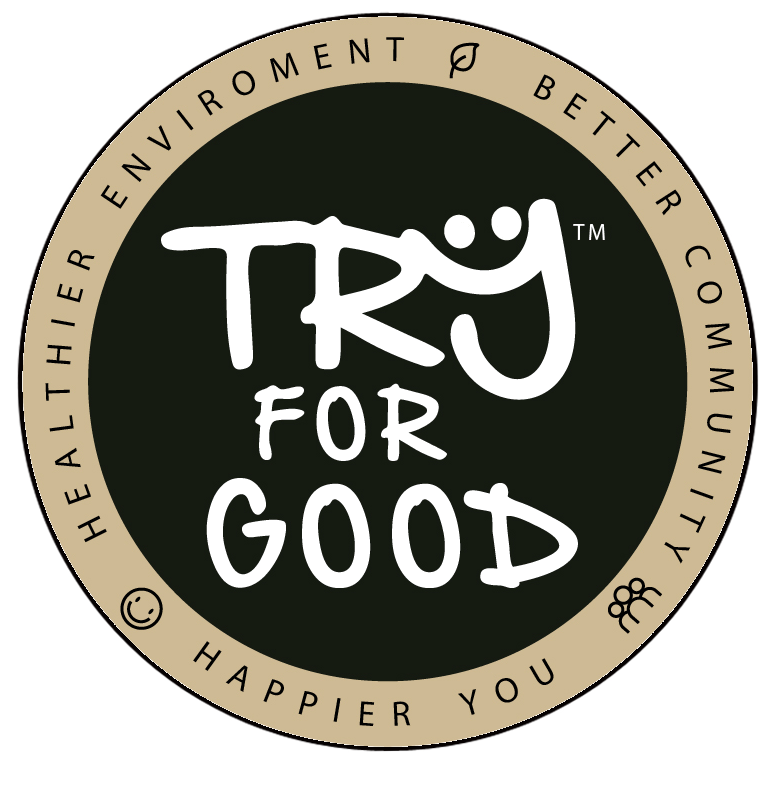
GMO: How safe and futuristic?
May 13, 2017 in Articles
Genetically Modified Organism (GMO), the term itself gives jitters to many naturalists especially when it comes to human consumption. The scientists and food producers find it important from to feed the growing world population. While they strive to improvise the genetic traits, crop resistance, nutrition profiles; the opposition continues to grow too!
The general consumers mostly remain unaware of the facts behind what they eat. Traditional biotechnology like fermented foods- yogurt, wines, yeast to make bread have been there from times unknown. The selective breeding practices have been there for crop production since the 19th century. However, genetic modification goes a level beyond that in terms of isolating the desired traits of a crop and inserting them in the desired one and propagate a new organism altogether. There seems no harm- the farmers need not spray pesticides if they get resistant crops, they get better yield, overcome climatic barriers, the food and nutrition companies get benefitted and the consumers can get enriched diet. The question arises about the adverse effect on human health, livestock and the environment.
From times unknown humans have identified from the food given by nature what is edible, what is toxic and generations have been following that. We have learned the taste, the smell which is of natural existence and decides our food culture based on that. With human intervention at the genetic level, there is a possibility all over again for some mutations to occur. There may be some excess levels of naturally occurring toxins, some pest resistant traits may harm the friendly pollinators. The gene flow may cross breed and there may be no trace of some naturally occurring crops. At the end of it however, humans have always been exploring, experimenting and innovating welcoming challenges and battling with threats.
Probably the divide of proponents and opponents are going to make the GMO usage for human consumption more and more controversial. The developing countries seem to embrace it more to fight the food demands and malnutrition. Also, given a choice between consuming the residues of harmful pesticides in the food produce or no known effects of GMO, the choices will be obvious. But, at the same time, commercialization, profitability, and the soaring human greeds has always made a thin line difference for ethical and unethical which is beyond the common understanding. For which there is a rising category of conscious consumers who are up bringing the organic industrial agriculture.
Before human consumption, the GMO should probably be looked in at the alternatives for conserving natural resources by producing bio-diesel, biodegradable plastics, waste management, curbing pollution, conserving power and other sustainable practices. Support in medical procedures for tissue replacement etc., replacing synthetics in drugs by Phyto compounds should be more revolutionary and acceptable.
GMO landscape in India
Currently, India has only one approved crop i.e. BT Cotton. Even though it has been controversial with its produce being nearly doubled in less than a decade, making India as the second largest cotton producer in the world. BT stands for
Bacillus thuringiensis, a bacteria that produces a kind of protein that kills the common crop pest bollworm. More than 24 insecticide sprays, the crops need barely 2 applications, which is miraculous.
But despite its huge success of accounting to 90% GM Cotton seeds in India, in 2015 it saw massive losses in Punjab and Haryana due to whitefly pests. However, BT cotton’s success has drawn attention from authorities to pave way for other crops too. There have been successful field trials of rice, corn, chickpea, pigeon-pea, sugarcane, sorghum and potato.
BT Brinjal seems to maintain status quo after its controversy and bans. The opponents claim that for commercialization of these crops, some important facts about the toxicity of NT Brinjal were not shared. It can make you sick and a regular consumption can adversely impact the immune system, or lead to liver and reproductive disorders.
The GM Mustard is apparently to get a green signal as GM Food Crop.
https://qz.com/740532/there-will-be-1-8-billion-indians-by-2050-gm-crops-are-the-only-way-to-feed-them-all/
http://indiatoday.intoday.in/story/bt-brinjal-can-damage-liver-&-hit-immunity-of-a-human-being./1/126821.html
